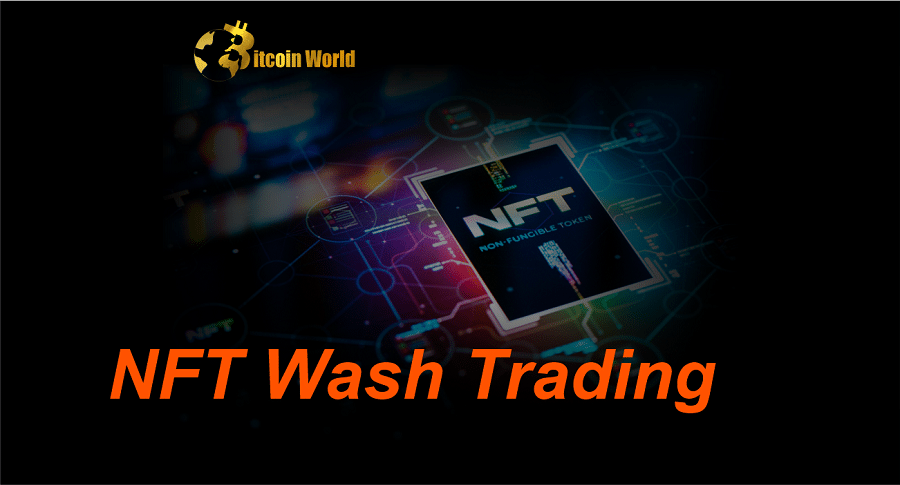A new CoinGecko investigation found that wash trading has increased alongside NFT trading over the past four months. February saw $580 million in fake trades on the top six marketplaces, up 126% over January.
“May be attributable to the behavior of users incentivized to raise their trading volumes” by marketplaces “that paid prizes for transactions,” NFT wash trading took up 23% of unadjusted trading volume out of $1.89 billion moved across the six largest marketplaces.
X2Y2, Blur, and LooksRare were the biggest offenders, contributing $280 million (49.7%), $150 million (27.7%), and $80 million (15.1%), respectively.
Wash trading is when a person or company trades with itself to artificially raise prices, create the illusion of liquidity, or profit from platform incentives. A trader can repeatedly buy and sell an asset to inflate demand.
According to a December National Bureau of Economic Research report, 70% of transactions on noncompliant crypto exchanges like Binance were wash trades. Investor Mark Cuban told TheStreet that central exchange wash transactions could cause crypto’s next “potential implosion.”
NFTs use it frequently. In January 2022, more than 80% of NFT trading activity was wash trading, according to a December Dune data analyst research.
Despite the drop, the issue remains. Token incentives have contributed to wash trading, according to CoinGecko.
According to CoinGecko, wash trading tripled in February after Blur launched its native token $BLUR and airdrop programs, which reward users for their transaction activity.
Blur makes wash trading easy with cheap transaction fees and token rewards. Users could theoretically make money by moving assets between wallets as long as the rewards and incentives for trading activity outweigh the gas fees.
Blur secured 84% of Ethereum-based NFT transactions in the first week of March, increasing its market share in two months.
X2Y2 and LooksRare, among other NFT markets, use a user’s trading volume from the previous day to determine token payouts. These marketplaces have 85% and 81% wash trade, according to CoinGecko. Chainalysis stated in February that 110 addresses had made $8.9 million using this approach.
Wash trading will rise as Blur dominates the NFT market. Blur’s bidding-incentive approach has led to customers offering more than the asking price for goods in collections, as The Block previously reported. Reverse arbitrage can profit from transaction fees and listing and bidding incentives.














